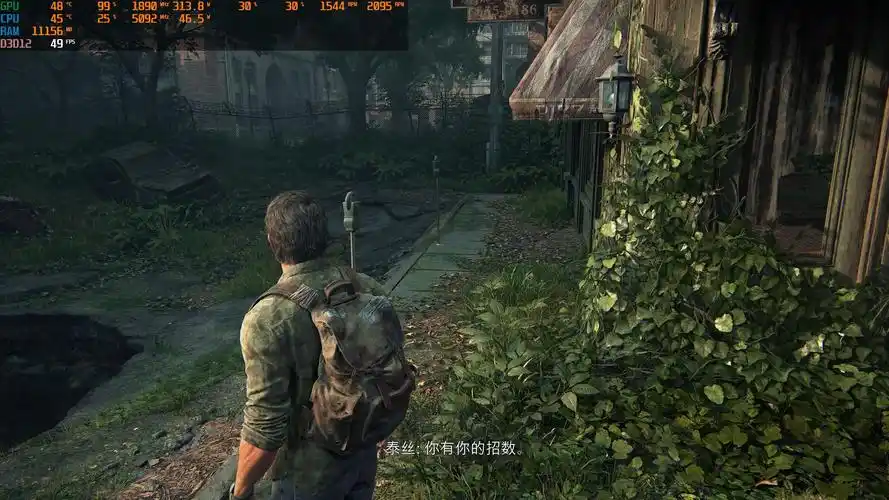Beyond the Feed: The Next Wave of Innovation in Deep Game News Platforms
The landscape of game journalism is on the cusp of a profound transformation. For years, the dominant model has been the centralized news feed—a relentless stream of announcements, reviews, and op-eds curated by editorial teams. While this has served us well, the increasing complexity of games, the rise of live-service models, and the sophisticated demands of the modern gamer are exposing its limitations. The future of deep game news platforms lies not in merely reporting the news, but in architecting intelligent, personalized, and immersive ecosystems that empower the player. The next decade will be defined by a shift from passive consumption to active participation, driven by several key innovations.

The Rise of Hyper-Personalized, AI-Driven Curation
The one-size-fits-all news feed is becoming obsolete. Future platforms will leverage sophisticated Artificial Intelligence and machine learning algorithms to move beyond simple tag-based filtering. Imagine a system that doesn't just know you like RPGs, but understands your specific preferences: the weight of combat you enjoy, the depth of narrative choices you crave, your tolerance for grinding, and even the specific art styles that captivate you.
This AI curator will analyze your playtime data (with permission), your engagement with previous articles, and your stated preferences to construct a dynamic "interest graph." Instead of a chronological list, your homepage will be a constantly evolving dashboard. It might surface a deep-dive technical analysis of the new path-tracing implementation in an upcoming AAA title right next to a community-generated guide on overcoming a specific boss in a niche indie game you're currently playing. This system will proactively alert you to news that matters to your play experience, such as balance patches for your main character in a competitive game or a significant narrative update for a live-service title you've invested in.
Integrated, Community-Powered Data Layers
Static news articles will be augmented—or in some cases, replaced—by dynamic, living data layers seamlessly integrated into the platform. This is where the concept of a "deep" platform truly takes root. Platforms will host or aggregate vast, structured databases on games, pulling from official APIs and, crucially, community contributions.
For instance, reading a news item about a new character in a tactical shooter won't just be text and a trailer. Embedded alongside the article will be an interactive 3D model of the character, a real-time updated list of their abilities with precise numbers pulled directly from the game's latest build, and win-rate/pick-rate statistics gathered from the platform's community. This transforms the news from information into a tool. This community-driven data ecosystem turns every player into a potential contributor, vetting information and ensuring the platform remains the most accurate and timely resource available.
The Emergence of Interactive and Immersive Content
The written word will always be vital, but future platforms will embrace a multi-modal approach to storytelling and analysis. We are moving towards the integration of Interactive Media directly within articles and reports.
- Playable News Snippets: A preview of a new indie puzzle game could include an embedded, browser-playable demo of its core mechanic, created in WebGL. A patch note about a reworked map could feature an interactive 3D map viewer allowing users to toggle between the old and new layouts.
- Augmented and Virtual Reality Integrations: AR could allow you to project a life-sized model of a new game's mech into your living room from your phone. VR could enable you to step into a 360-degree recreation of a newly announced game environment for a truly immersive preview experience.
- Dynamic Video Analysis: Video content will become non-linear. A review video could have clickable timestamps that instantly pull up the relevant stats for the weapon being used on-screen or link to a related article about the developer's design philosophy.
Decentralization and Blockchain-Based Verification
Trust and credibility are paramount in games journalism. Future platforms may adopt blockchain technology not for speculative cryptocurrencies, but for creating immutable records of information. Key applications include:
- Patch Verification: The details of a game patch can be hashed and recorded on a blockchain the moment it is released by the developer. News platforms can then report on these changes with cryptographic certainty, preventing misinformation or altered patch notes.
- Source Provenance: Leaks and rumors are rampant. A platform could use a decentralized system to allow anonymous sources to securely and verifiably submit information, allowing journalists to confirm the authenticity and timing of a leak without exposing their source.
- Community Contribution Tracking: A transparent ledger could track and reward high-quality community contributions to data layers, creating a reputation system for reliable data miners and analysts.
The Semantic Web for Games: Contextual Understanding
The ultimate goal is for platforms to understand the "why" behind the "what." This involves building a Semantic Web framework specifically for games—a vast interconnected knowledge graph that understands the relationships between game concepts, mechanics, studios, engines, and people.
A platform with semantic understanding would know that an article about a director leaving a studio is intrinsically linked to their previous project, the engine that project used, and the key designers they worked with. It would automatically generate contextual links and background, providing a rich tapestry of information that allows a user to fully comprehend the implications of a story. This moves beyond keywords to true contextual discovery, enabling users to explore the interconnected universe of gaming history and culture effortlessly.
Conclusion: The Player at the Center
The common thread weaving through these innovations is a fundamental reorientation of the platform's purpose. The future deep game news platform is not a destination for passive reading; it is an active, intelligent service woven into the fabric of a player's gaming life. It is a personalized advisor, a trusted data repository, an interactive museum, and a vibrant community square—all functioning in concert. By harnessing AI, community intelligence, immersive tech, and decentralized systems, these future platforms will empower players with unparalleled depth, context, and utility, finally matching the complexity and passion of the medium they cover.


















